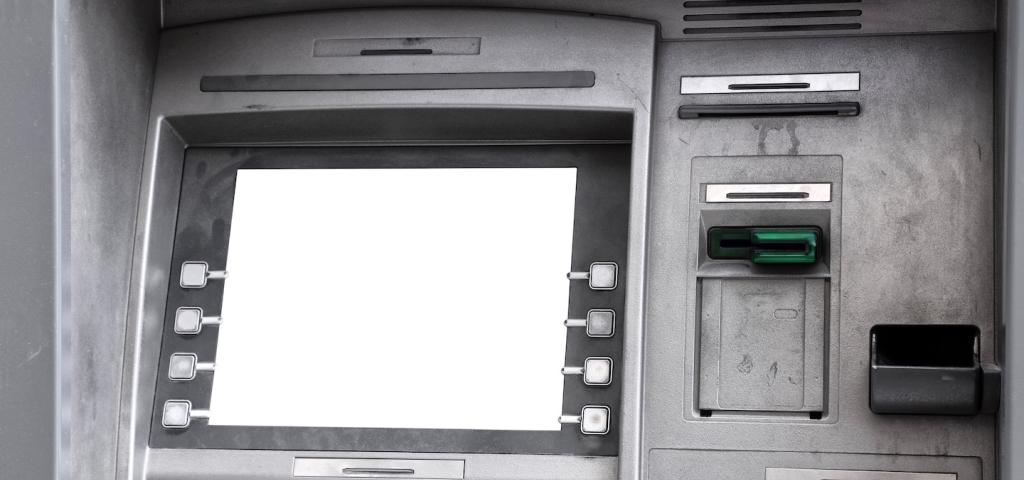
Is your ATM moving from Windows 7 to Windows 10? Save the Motherboards!

Within the financial sector, Automated Teller Machines (ATMs) are one of the primary mechanisms for getting cash out of your bank or savings & loan account. The majority of these devices are running Microsoft’s Windows 7 operating system on older Intel motherboards. Unfortunately, Windows 7 end of life occurs on January 14, 2020 and after that date, these ATMs will no longer have bug fix or security patch support. That’s a major problem if you are a bank with tens of thousands of ATMs throughout the world that need to be safe and secure. Indeed, given the cost to upgrade just the motherboard from Windows 7 to Windows 10 in a single ATM is $2,500 to $5,000 (this includes the hardware, truck roll, installation costs and of course, the ATM vendors profit; it does not include the OS cost or any non-recurring engineering fees to make the solution work), this is a multi-million dollar problem for many financial institutions. Indeed, as an industry, it’s estimated to be at least a $4B problem!
As a software company and one that has been around for over 38 years now, Wind River has seen this problem before. Preventing hardware and software obsolesce is a critical requirement in the embedded software market. When approached by one of the top 5 banks in North America about alternative solutions, Wind River jumped at the chance to see if our expertise would be valuable to the financial industry.
A proof-of-concept project was set-up in the bank’s engineering laboratory, complete with the leading ATM vendor’s hardware – NCR and Diebold Nixdorf. The typical ATM software stack was modified to add Wind River Linux and a hypervisor between the aging Intel hardware and the new Windows 10 operating system. The first advantage of this solution is that Windows 10 supports the hypervisor, and Wind River Linux supports the older Intel motherboards. This overcomes the support issue and just as critically, allows the existing investment in the Intel motherboards to remain. Think about savings millions of dollars. Granted, this support and cost savings comes at the cost of an additional software layer that must be supported, but that’s a solvable problem.
The PoC was incredibly successful with the most common ATM use case – a cash withdrawal. The ATM card was read by the card reader, authenticated, the pin pad was used to enter the key, which was verified, the user interface was used to select the amount of cash to withdraw, the cash dispenser was queried to withdraw cash, the receipt was printed and the ATM card was returned. Performance on typical ATM hardware was as expected. A white paper was written and available about the PoC that provides full details on all of the ATM software stack used, the evaluation process and the next steps to take.
Discussions are now underway with additional financial institutions, retail ATM establishments and ATM providers to understand how the PoC can be productized in the coming months before the 2020 deadline.
The whitepaper on the PoC can be found here: https://resources.windriver.com/atm/avoiding-the-2020-windows-10-atm-hardware-upgrade-cycle
Do you have this or similar problem with hardware or software obsolesce? If so, we’d love to talk with you. You can reach us at inquiries@windriver.com.

